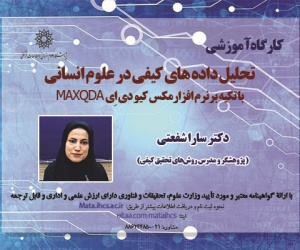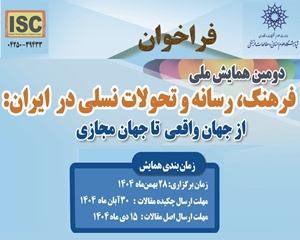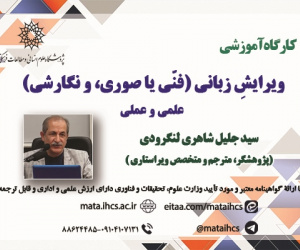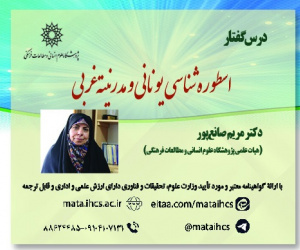بازیابی احادیث کتب علی بن حسن طاطری بر اساس روش «تطبیق سند روایات با طرق منتهی به صاحبان کتب در فهرست ها» (مقاله علمی وزارت علوم)
درجه علمی: نشریه علمی (وزارت علوم)
آرشیو
چکیده
اصل ها و کتاب های اصحاب ائمه(ع)، به عنوان منابع بنیادین در تألیف کتب حدیث اربعه شمرده شده و به دلیل نزدیکی زمانی به عصر ائمه(ع)، از اعتبار و اهمیت ویژه ای برخوردار است. همچنین تعیین صحت و سقم احادیثی که بعدها از آن منابع اخذ می شود، بر اثبات منشأیت احادیث از آن اصول و کتب، شناسایی تمام یا برخی از محتوای آن منابع، میزان اعتبار آنها و شهرت، توجه و رجوع سایر عالمان هم عصر به آن منابع متوقف می باشد. در روش وثوق سندی، قاعده آن است که صحت و ضعف احادیث صرفا به وثاقت راویان سند متکی باشد و این امر موجب شده حجم بسیاری از احادیث، ضعیف و از درجه اعتبار ساقط گردد. لذا این ضرورت احساس می شود که با بازیابی اصول و کتب اولیه، به عنوان یکی از مهم ترین قرائن در افزایش وثوق به صدور، در اعتبارسنجی احادیث بازنگری شده و احادیثی که با روش فوق ضعیف قلمداد شده، با روشی متفاوت بازبینی گردد. این مقاله به روش توصیفی – تحلیلی و با هدف تنقیح و عملیاتی سازی روش «تطبیق اسناد روایات با طرق موجود در فهرست ها» و نمایاندن تأثیر عملی آن در معتبرسازی احادیثی که بعضا ضعیف شمرده شده بود، موفق شد با بازبینی کتب «علی بن الحسن الطاطری»، و تنها بر اساس روش مذکور، ۳۱ حدیث را بازیابی و ضعف سندی عنوان شده در این تعداد حدیث را جبران نماید.Retrieving the hadiths of the books of "Ali bin Hassan Tatri" based on the method of "matching the document of the hadiths with methods leading to the owners of the books in the lists"
The Uṣūl (foundational texts) and books of the companions of the Imams (AS) are considered primary sources for the compilation of the Four Books of Hadith. (Al-Kutub al-Arbaʿa, the core Shiʿi Hadith compilations) Due to their temporal proximity to the era of the Imams (AS), these sources hold exceptional credibility and significance. Verifying the authenticity of later Hadiths derived from these sources depends on proving their origin in these Uṣūl and books, identifying all or parts of their content, assessing their credibility, fame, and the attention/reference they received from contemporary scholars. Traditional methods of evaluating Hadith authenticity—based solely on the reliability of narrators (thiqa-based chain criticism)—have led to a vast number of Hadiths being classified as "weak" (ḍaʿīf) and thus dismissed. This necessitates a revision in Hadith validation by retrieving Uṣūl and early books as critical evidence to enhance confidence in the authenticity (wuṯūq bi-l-ṣudūr) of narrations. This approach allows re-examining Hadiths previously deemed weak through alternative methodologies. This article aims to refine and operationalize the method of "matching the chains (asnād) of narrations with the transmission paths (ṭuruq) documented in catalogs (fihrists). Through a descriptive-analytical approach, it applies this method to retrieve the Hadiths of ʿAlī ibn al-Ḥasan al-Ṭāṭarī’s books, successfully recovering 31 Hadiths solely through this methodology. The study demonstrates how this method compensates for perceived weaknesses in the chains of transmission (ḍaʿf al-sanad) of these narrations, thereby revalidating their reliability.








